Home>Garden Essentials>How To Grow Sycamore From Seed


Garden Essentials
How To Grow Sycamore From Seed
Modified: March 16, 2024
Learn how to grow sycamore trees from seed in your garden, with step-by-step instructions and expert tips for successful cultivation.
(Many of the links in this article redirect to a specific reviewed product. Your purchase of these products through affiliate links helps to generate commission for Storables.com, at no extra cost. Learn more)
Introduction
Welcome to the wonderful world of gardening! If you have a passion for nature and an interest in adding a touch of beauty to your surroundings, growing plants from seeds is a gratifying and fulfilling endeavor. In this article, we will delve into the process of growing sycamore trees from seed, a majestic species known for its large, vibrant leaves and beautiful bark.
Sycamore trees, scientifically known as Platanus occidentalis, are native to North America and are commonly found in forests, parks, and urban landscapes. They are valued for their shade, ornamental appeal, and essential role in supporting local ecosystems. By growing sycamore trees from seed, you can not only enjoy the satisfaction of nurturing a plant from its earliest stages but also contribute to the preservation and conservation of these incredible trees.
Before we dive into the step-by-step process of growing sycamore trees from seed, there are a few important factors to consider. First and foremost, it is important to note that sycamore trees can grow to be quite large, reaching heights of up to 100 feet or more. Therefore, you should ensure that you have adequate space in your garden or surrounding area to accommodate their growth. Additionally, sycamores prefer full sunlight and well-draining soil, so be sure to select a suitable location for planting.
With these considerations in mind, let’s explore the fascinating journey of growing sycamore trees from seed. From collecting the seeds to nurturing the seedlings and finally planting them outdoors, you’ll discover the joys of gardening and witness the wonders of nature firsthand.
Key Takeaways:
- Growing sycamore trees from seed is a rewarding journey that requires collecting, preparing, and nurturing the seeds until they become majestic trees, contributing to nature’s beauty and ecological balance.
- Caring for sycamore trees involves watering, mulching, pruning, and protecting them from pests and diseases, ensuring their healthy growth and longevity in your garden or outdoor space.
Read more: How To Grow Dahlia From Seed
Step 1: Collecting Sycamore Seeds
The first step in growing sycamore trees from seed is to collect the seeds themselves. Sycamore seeds, also known as samaras or helicopter seeds, are unique in appearance with their wing-like structures that allow them to spin and twirl as they fall from the tree.
The best time to collect sycamore seeds is in late summer or early fall, when the seeds are fully ripened and ready for harvesting. Look for mature sycamore trees in your area and keep an eye out for the distinctive clusters of seeds hanging from the branches.
To collect the seeds, gently shake the branches or pluck the samaras directly from the tree. It’s important to handle the seeds with care to avoid damaging them. Collect a sufficient number of seeds, as not all of them will successfully germinate. Having a surplus of seeds will increase your chances of successful propagation.
Once you have collected the seeds, it’s essential to separate them from the wing-like structures. To do this, you can simply pluck off the wings with your fingers or use a pair of tweezers. Be sure to discard any damaged or discolored seeds, as these are unlikely to successfully germinate.
After separating the seeds from the wings, it is advisable to conduct a simple viability test to determine which seeds are most likely to sprout. Fill a bowl or glass with water and gently place the seeds in it. Healthy seeds will sink to the bottom, while non-viable seeds will float. Remove any floating seeds from the water, as they are unlikely to germinate.
Once you have selected the viable seeds, it’s time to prepare them for germination. Proceed to the next step to learn how to properly ready the sycamore seeds for their journey to becoming beautiful trees.
Step 2: Preparing the Seeds for Germination
Now that you have collected the viable sycamore seeds, it’s time to prepare them for germination. This step is crucial in ensuring the successful development of healthy seedlings.
Start by creating a suitable germination medium for the seeds. A common and effective option is using a combination of peat moss and perlite. This mixture provides the right balance of moisture retention and drainage, which is essential for the seeds to sprout and grow.
In a clean container, combine equal parts of peat moss and perlite. Mix them thoroughly to ensure an even distribution. You can also add a small amount of organic compost or well-rotted manure to enrich the soil mixture with nutrients.
Moisten the soil mixture with water until it becomes damp but not soaked. You want the soil to be moist enough to promote seed germination without becoming waterlogged, which can lead to rotting.
Next, prepare the seeds for planting by scarifying them. Sycamore seeds have a protective outer shell that can be tough to break through. Scarification, a process that involves nicking or scratching the seed coat, helps to promote better water absorption and hasten germination.
Take a small file or sandpaper and gently rub the surface of each seed. Be careful not to apply too much pressure or damage the embryonic structure inside. You can also soak the seeds in water overnight after scarification to further enhance the moisture absorption process.
Once the seeds are scarified and soaked (optional), it’s time to plant them in the prepared germination medium. Make small indentations in the soil mixture, about 1 inch deep, using your finger or a pencil. Place each seed in a separate hole and cover it with soil, gently firming it down.
Label the container with the date of planting and the type of seeds to keep track of their progress. Place the container in a warm location, ideally around 70-75°F (21-24°C). You can cover the container with a plastic wrap or a clear plastic lid to create a mini-greenhouse effect and maintain optimal humidity levels.
Now that the seeds are planted and ready for germination, it’s time to patiently wait for the magical moment when the first seedlings emerge. Join us in the next step to learn how to nurture and care for the sycamore seedlings as they start their journey towards becoming magnificent trees.
Step 3: Germinating the Seeds
Now that the sycamore seeds are planted in the germination medium, it’s time to focus on providing them with the ideal conditions for germination. With a little patience and care, you’ll soon witness the exciting emergence of the first seedlings.
One of the key factors for successful germination is maintaining consistent moisture in the soil. Check the soil regularly and ensure that it remains evenly moist. Avoid overwatering, as excessive moisture can lead to rotting and fungal diseases. If the soil feels dry to the touch, gently water the container using a fine mist or a watering can with a narrow spout.
Proper lighting is also crucial for germination. Sycamore seeds require a bright environment but not direct sunlight. Place the container in a location where it can receive bright, indirect light. If necessary, you can provide supplemental light using fluorescent grow lights to ensure optimal conditions for germination.
Germination can take anywhere from a few weeks to several months, so be patient. Keep a close eye on the container and monitor for any signs of germination. The first indication will be the emergence of tiny green shoots breaking through the soil surface.
As the seedlings continue to grow, it’s important to thin them out to prevent overcrowding and competition for resources. Once the seedlings have developed their first few true leaves, carefully remove the weaker ones, leaving the strongest and healthiest ones in the container. This will give them more space, light, and nutrients to thrive.
Throughout the germination process, keep an eye out for any signs of pests or diseases. Common issues include damping-off (a fungal disease that causes seedling collapse) and aphid infestations. If necessary, treat the affected seedlings with organic insecticidal soap or consult a gardening professional for further guidance.
Continue to water, provide adequate light, and monitor the seedlings as they grow. They will gradually develop a sturdy stem and root system, preparing them for the next stage: transplanting into larger containers or outdoors. Join us in the next step to learn how to successfully transplant the sycamore seedlings and continue their journey towards becoming majestic trees.
Step 4: Transplanting the Seedlings
Congratulations on successfully germinating the sycamore seeds and growing healthy seedlings! As the seedlings outgrow their initial containers, it’s time to transplant them into larger pots or into the outdoors, depending on the time of year and your local climate.
If you choose to transplant the seedlings into larger pots, select containers that are at least 6-8 inches deep with drainage holes at the bottom. Fill the pots with a well-draining potting mix, preferably one that contains a combination of peat moss, perlite, and compost.
Before removing the seedlings from the current container, water the soil to ensure it’s moist. This will help prevent root damage during the transplanting process. Gently loosen the soil around each seedling and carefully lift it out, holding it by the leaves or bottom of the stem to avoid damaging the delicate roots.
Place each seedling in its own pot, ensuring that the top of the root ball is level with the top of the potting mix. Fill in the remaining space with additional potting mix, pressing it down gently to secure the seedling in place. Water the newly planted seedlings thoroughly to settle the soil.
Alternatively, if the weather and season permit, you can transplant the seedlings directly into the outdoors. Choose a location with full sun or partial shade, depending on your climate and the needs of the young trees. Ensure that the soil is well-draining and free from weeds or grasses that could compete with the seedlings for nutrients.
Dig holes in the ground that are slightly larger than the root ball of each seedling. Place the seedlings in the holes, making sure the top of the root ball is level with or slightly above the soil surface. Backfill the holes with soil, gently tamping it down around the roots to eliminate any air pockets. Water the transplanted seedlings thoroughly to settle the soil and provide moisture.
After transplanting, it’s crucial to continue caring for the seedlings to support their growth and establishment. Keep the soil consistently moist, but avoid overwatering, which can lead to root rot. Monitor the seedlings for any signs of stress or disease and take appropriate action if necessary.
Transplant shock is common after moving seedlings to new containers or outdoor locations. To minimize this shock, provide extra shade or protection from strong winds until the seedlings adjust to their new environment. Gradually expose them to longer periods of sunlight or outdoor conditions to help them acclimate.
Now that the sycamore seedlings are happily settled into their new homes, it’s time to focus on providing them with the care and attention they need to grow into magnificent trees. Join us in the next step to learn valuable tips for nurturing and maintaining your sycamore trees as they continue their journey.
To grow sycamore from seed, collect mature seeds in the fall, remove the wings, and plant them in a well-draining soil mix. Keep the soil consistently moist and place the pot in a sunny location. Sycamore seeds may take several months to germinate, so be patient and continue to provide proper care.
Read more: How To Grow Hollyhocks From Seed
Step 5: Caring for Sycamore Seedlings
To ensure the healthy growth and development of your sycamore seedlings, it’s important to provide them with proper care and attention. Follow these tips to nurture your young trees and set them up for success.
1. Watering: Sycamore seedlings have shallow roots, so it’s essential to water them regularly and deeply. Keep the soil evenly moist, especially during hot and dry periods. However, avoid overwatering, as it can lead to root rot. Aim to provide about 1 inch of water per week, either through rainfall or supplemental irrigation.
2. Mulching: Apply a layer of organic mulch around the base of the seedlings to help retain soil moisture, suppress weed growth, and regulate soil temperature. Use a 2-3 inch layer of mulch, such as wood chips or straw, making sure to keep it a few inches away from the trunk to prevent potential rot or pests.
3. Pruning: Prune any damaged or diseased branches from the sycamore seedlings to promote healthy growth. Remove any competing branches or those crossing each other to create a well-structured and balanced tree. Use clean and sharp pruning tools, and make clean cuts just outside the branch collar.
4. Fertilizing: Sycamore seedlings typically do not require regular fertilization during their initial stages. However, if the seedlings show signs of nutrient deficiency, such as yellowing leaves, you can apply a balanced slow-release fertilizer in early spring. Follow the package instructions for proper dosage and application.
5. Protection from pests and diseases: Regularly inspect the seedlings for any signs of pests or diseases, such as aphids, caterpillars, or powdery mildew. If detected, take appropriate measures to control and treat the problem. Use organic pest control methods whenever possible to minimize the use of harsh chemicals.
6. Staking: In some cases, young sycamore seedlings may benefit from staking to provide additional support against strong winds or heavy rains. Use a sturdy stake and loosely tie the seedling to it with soft plant ties, ensuring not to constrict the stem. Remove the stakes once the seedlings become more established.
7. Monitoring: Keep a close eye on the seedlings for any signs of stress or changes in their appearance. Look out for wilting leaves, discoloration, or unusual growth patterns. Promptly address any issues that arise, whether it be adjusting watering habits, providing additional shade, or seeking professional advice if needed.
By providing the right care and attention to your sycamore seedlings, you are giving them the best chance to grow into strong and vibrant trees. Patience and consistent care will reward you with the beauty and benefits of these magnificent species. So, let’s move on to the next step and learn how to plant your sycamore seedlings outdoors for permanent growth.
Step 6: Planting Sycamore Seedlings Outdoors
Once your sycamore seedlings have grown strong and are ready to face the great outdoors, it’s time to plant them in their permanent location. Follow these steps to ensure a successful transplant and promote the healthy growth of your sycamore trees.
1. Choose the right location: Select a suitable location for planting your sycamore seedlings. They prefer full sun or partial shade and well-draining soil. Avoid areas with compacted soil or excessive moisture, as these can hinder the growth of the trees.
2. Prepare the planting hole: Dig a hole that is slightly wider and deeper than the root ball of the seedling. Loosen the soil in the hole to allow for better root penetration and growth. Remove any weeds or grass around the area, as they can compete with the young trees for nutrients.
3. Remove the seedling from its container: Carefully remove the sycamore seedling from its current container, taking care not to damage the roots. Gently loosen the roots if they are tightly bound, allowing them to spread out and establish in the new planting hole.
4. Place the seedling in the hole: Position the seedling in the center of the planting hole, ensuring that the top of the root ball is level with or slightly above the ground surface. Backfill the hole with soil, firming it gently around the roots. Avoid packing the soil too tightly, as this can restrict the movement of air and water.
5. Water and mulch: After planting, thoroughly water the newly transplanted sycamore seedling to settle the soil and provide moisture to the roots. Apply a layer of organic mulch, such as wood chips or bark, around the base of the tree, leaving a few inches of space around the trunk. Mulching helps to retain soil moisture and suppress weed growth.
6. Stake (if necessary): If your area is prone to strong winds or the seedling is tall and needs additional support, you can stake the tree using a sturdy stake. Attach the seedling to the stake using soft tree ties or fabric strips, making sure not to constrict the stem. Check the ties periodically to avoid them digging into the tree trunk.
7. Monitor and care for the planted seedling: Keep a close eye on the newly planted seedling for the first few weeks after transplanting. Water it regularly, ensuring the soil remains moist but not waterlogged. Protect the seedling from extreme weather conditions and provide additional shade if necessary.
With time and proper care, your sycamore seedlings will establish themselves and continue to grow into magnificent trees. Regularly monitor the growth and health of the trees, providing appropriate care such as pruning, fertilizing, and pest management as needed. Enjoy watching your sycamores flourish and contribute to the natural beauty of your surroundings.
Now that you’ve successfully planted your sycamore seedlings outdoors, let’s move on to the final step where we’ll explore the essential maintenance and nurturing practices for mature sycamore trees.
Step 7: Maintaining and Nurturing Sycamore Trees
Congratulations on growing your sycamore trees! Now that they’re established in their permanent location, it’s important to focus on their ongoing maintenance and care. Follow these steps to ensure the health and longevity of your beautiful sycamore trees.
1. Watering: While sycamore trees are relatively drought-tolerant once established, it’s crucial to provide them with regular watering during periods of prolonged dryness. Deeply water the trees, soaking the soil around the root zone, and avoid shallow or frequent watering, which can lead to shallow root development.
2. Fertilizing: Mature sycamore trees generally don’t require frequent fertilization. However, if you notice signs of nutrient deficiency or poor growth, you can apply a balanced slow-release fertilizer during the spring. Consult a local arborist or garden center for specific recommendations based on your soil composition and tree’s needs.
3. Pruning: Regular pruning is essential for maintaining the health, shape, and structure of your sycamore trees. Trim away any dead, damaged, or diseased branches. Additionally, prune to alleviate any crossing or rubbing branches and promote adequate air circulation within the canopy. Pruning should typically be done during the dormant season.
4. Mulching: Apply a layer of organic mulch around the base of the trees, extending to the drip line (the outermost reaches of the branches). This helps retain soil moisture, suppress weed growth, and regulate soil temperature. Maintain a mulch depth of 2 to 3 inches, being careful to keep the mulch away from the trunk to prevent rot.
5. Pests and Diseases: Monitor your sycamore trees for any signs of common pests or diseases, such as powdery mildew, anthracnose, or borers. Regularly inspect the leaves, trunk, and branches for any abnormalities. If pests or diseases are detected, seek professional advice or employ appropriate organic treatments to mitigate the issue.
6. Protection from Extreme Weather: Strong winds and storms can damage the branches or uproot trees. To minimize the risk of damage, regularly check for weak or damaged branches and remove them promptly. If you live in an area prone to high winds, consider installing windbreaks or providing structural support with cables and braces.
7. Engage in Prevention: Regularly assess the health and stability of your trees. Look for signs of stress, such as wilting leaves, discoloration, or pest infestations. Identify potential hazards, such as nearby construction or invasive root growth, and address them promptly to prevent damage to the trees.
Remember to consult with local arborists or gardening professionals who can provide guidance specific to your region’s climate and soil conditions. They can offer valuable advice on tree care, disease management, and ensure the longevity of your sycamore trees.
By maintaining and nurturing your sycamore trees, you’ll continue to enjoy their beauty, shade, and ecological benefits for many years to come. Regular monitoring, watering, pruning, and protection will help your trees thrive and contribute to a healthy and vibrant environment.
Congratulations again on successfully growing and caring for your sycamore trees. Sit back, relax, and take pride in the beauty and majesty they bring to your landscape.
And with that, we’ve reached the end of our guide on growing and maintaining sycamore trees. May your trees flourish and bring joy to your garden or outdoor space for generations to come.
Conclusion
Congratulations on completing the journey of growing sycamore trees from seed! You’ve learned how to collect sycamore seeds, prepare them for germination, and nurture the seedlings until they are ready to be planted outdoors. With proper care and attention, your sycamore trees will continue to thrive and grace your surroundings with their beauty and grandeur.
Throughout this process, you’ve discovered that gardening is not only a fulfilling hobby but also a way to contribute to the preservation of nature. By growing sycamore trees, you’ve actively participated in the conservation of this majestic species, enhancing the biodiversity and ecological balance of your local environment.
Remember to continue caring for your sycamore trees as they mature. Water them regularly, provide adequate sunlight and nutrition, and address any signs of pests or diseases promptly. Maintenance tasks such as pruning and mulching will help your trees reach their full potential and stand strong for years to come.
As you enjoy the shade, beauty, and environmental benefits of your sycamore trees, take time to appreciate the wonders of nature and the joy of nurturing life. Gardening connects us to the natural world, fostering a sense of tranquility, responsibility, and harmony with the environment.
Whether you are creating a beautiful landscape, providing habitat for wildlife, or simply enjoying the therapeutic benefits of gardening, the journey of growing sycamore trees from seed is a rewarding and satisfying experience.
So, embrace the wonders of the natural world, and let the beauty of your sycamore trees inspire you to explore further into the realm of gardening. The possibilities are endless, and your green thumb will continue to flourish with each new plant you nurture and each garden you create.
Thank you for joining us on this journey. May your sycamore trees thrive and bring you joy for years to come!
Frequently Asked Questions about How To Grow Sycamore From Seed
Was this page helpful?
At Storables.com, we guarantee accurate and reliable information. Our content, validated by Expert Board Contributors, is crafted following stringent Editorial Policies. We're committed to providing you with well-researched, expert-backed insights for all your informational needs.
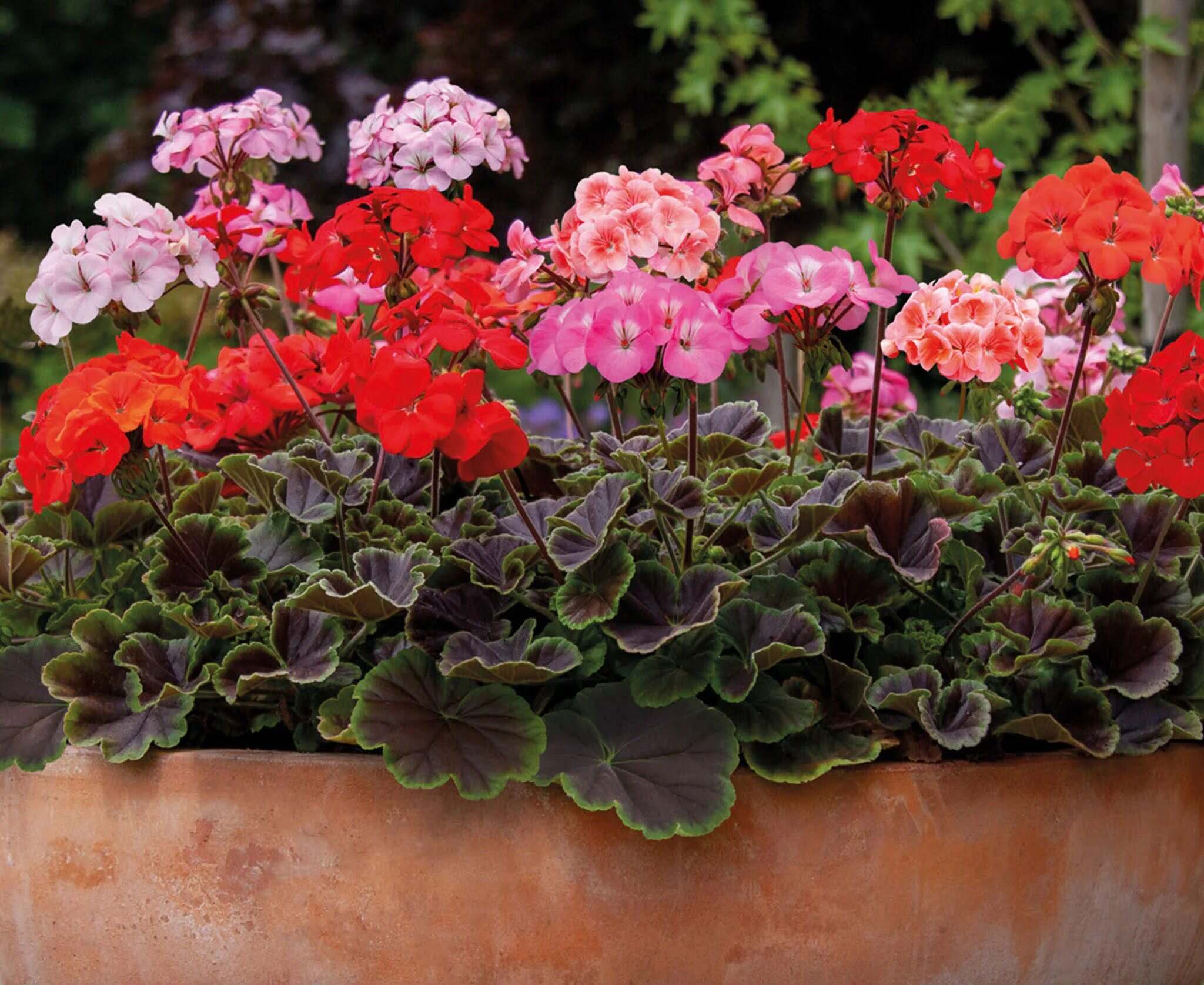
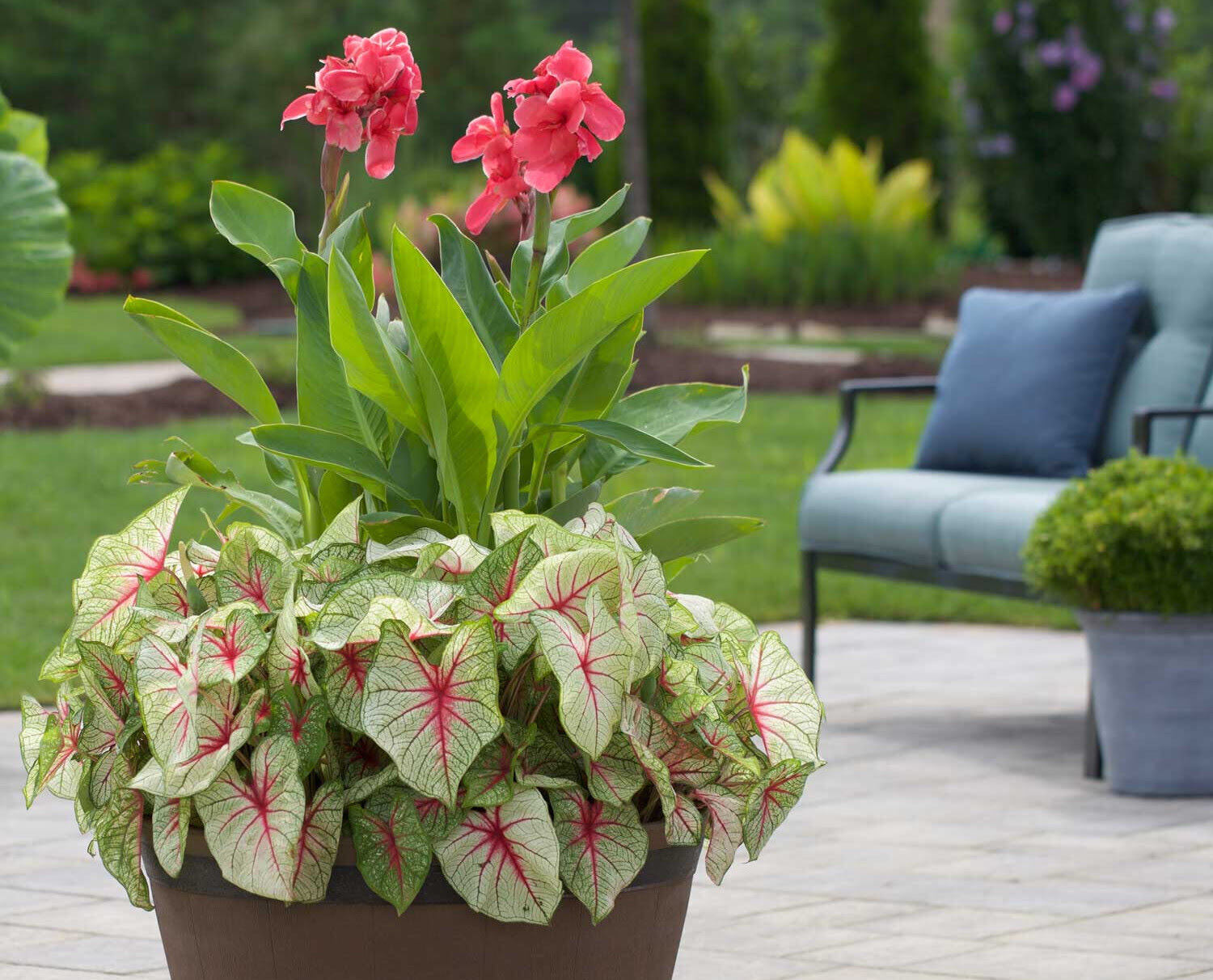
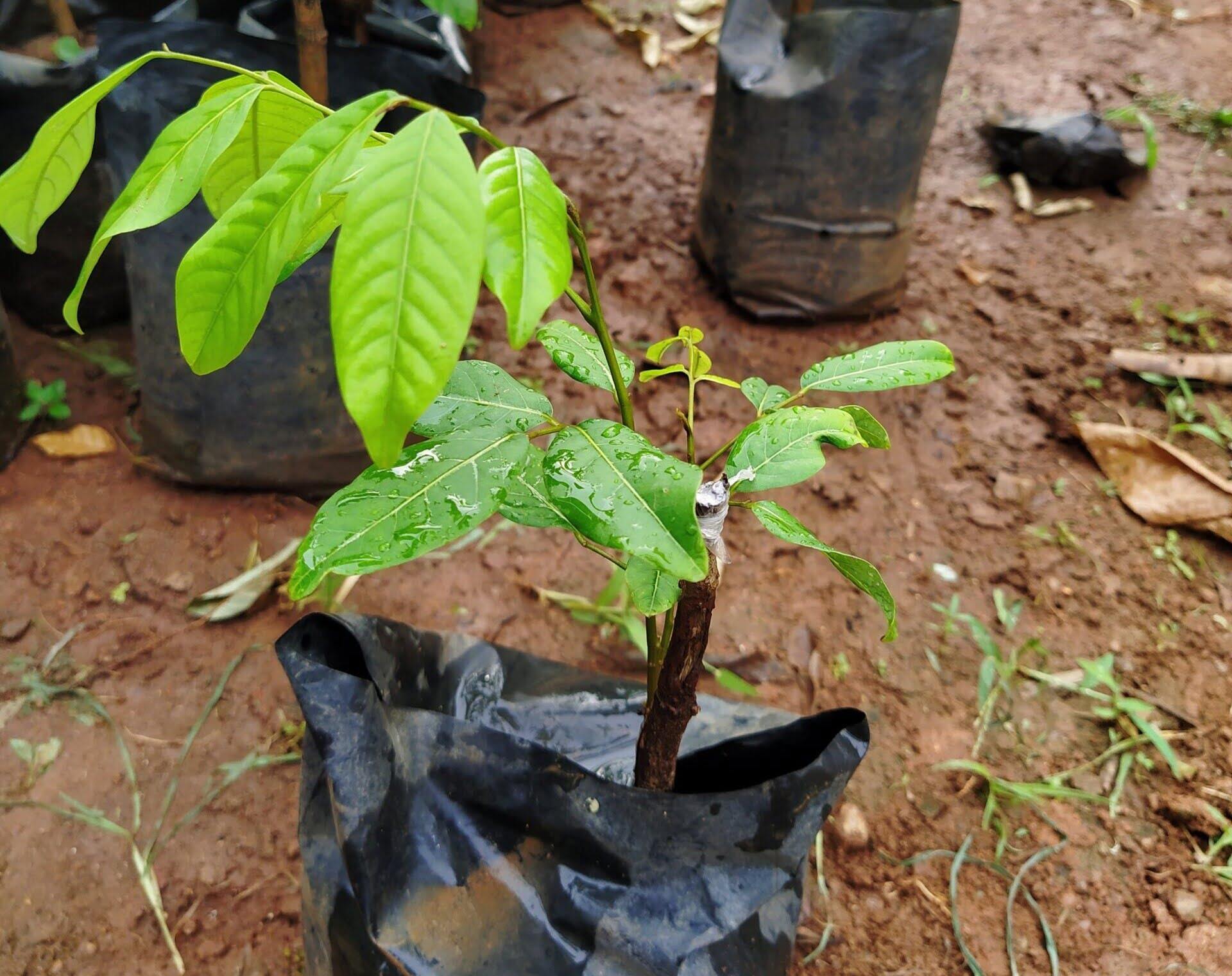
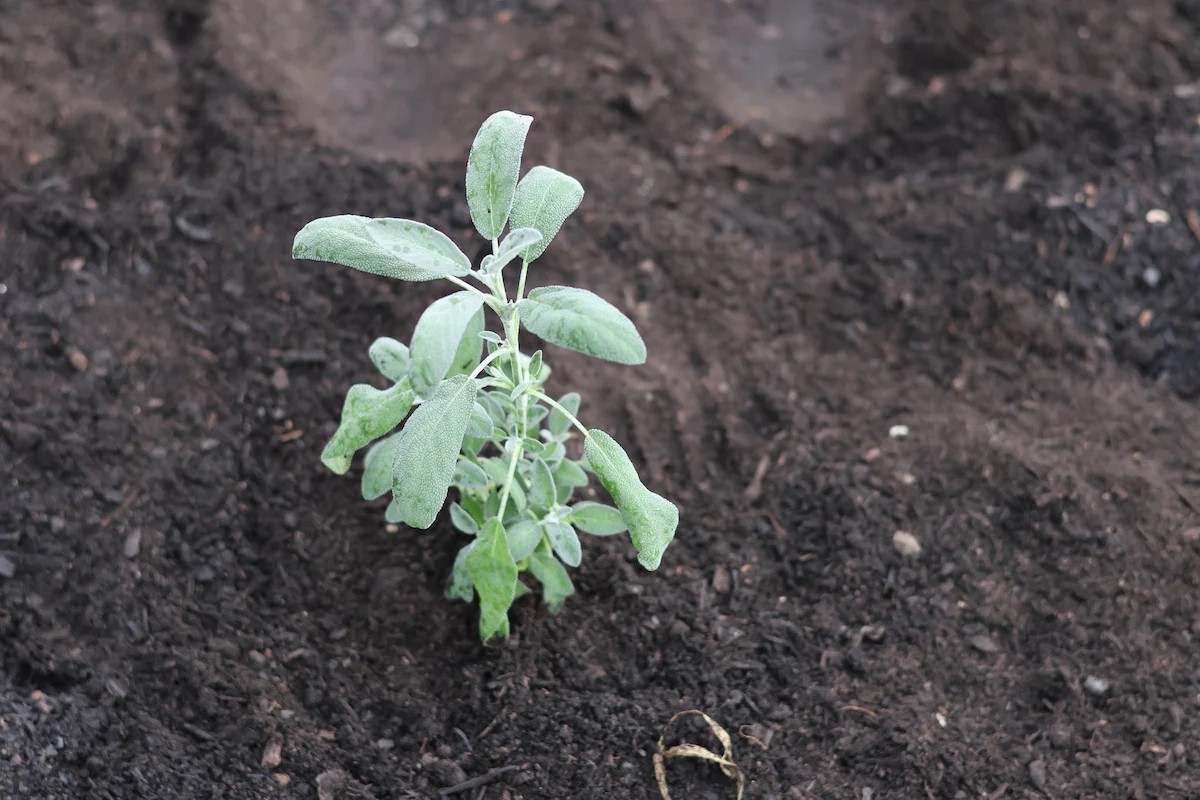
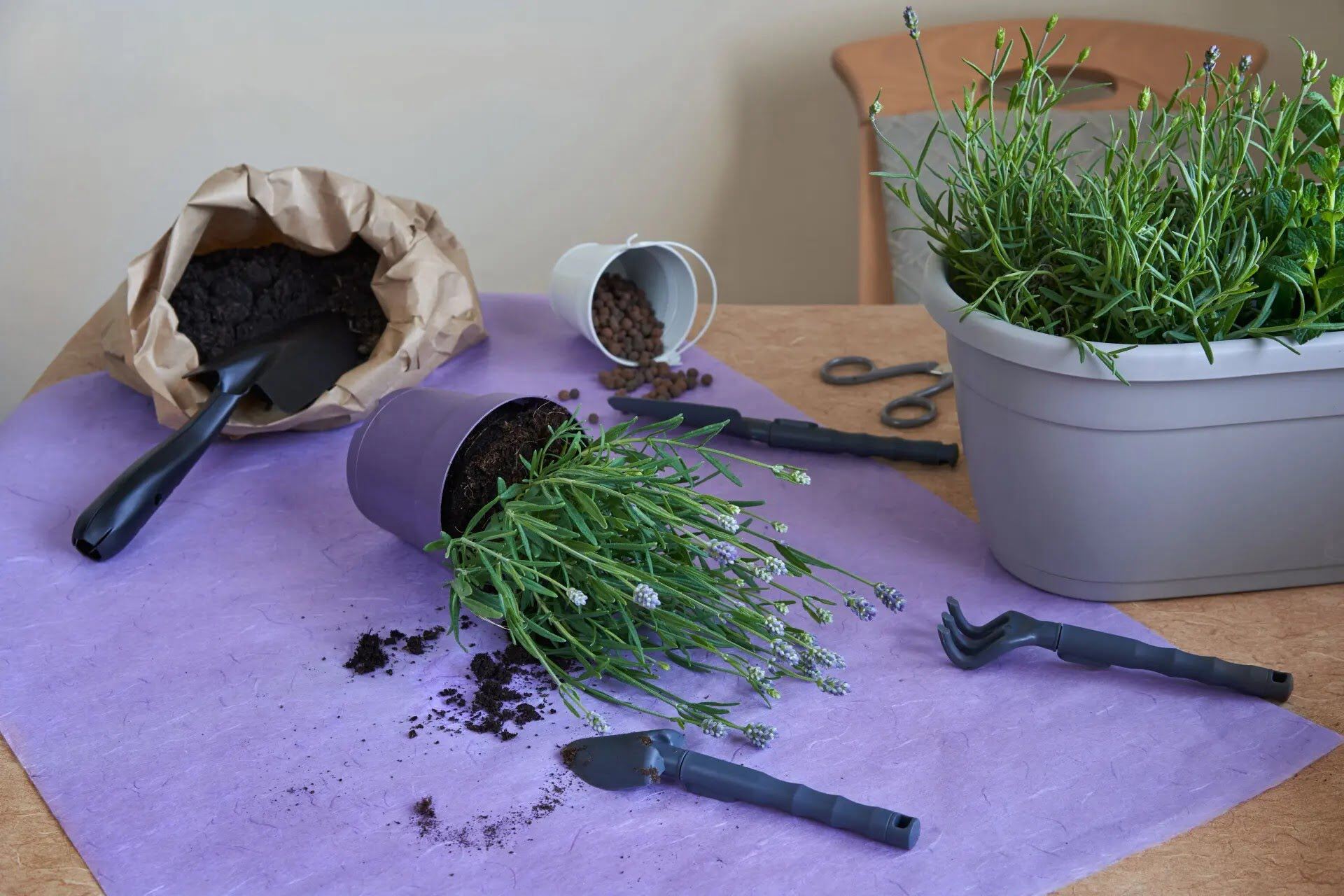
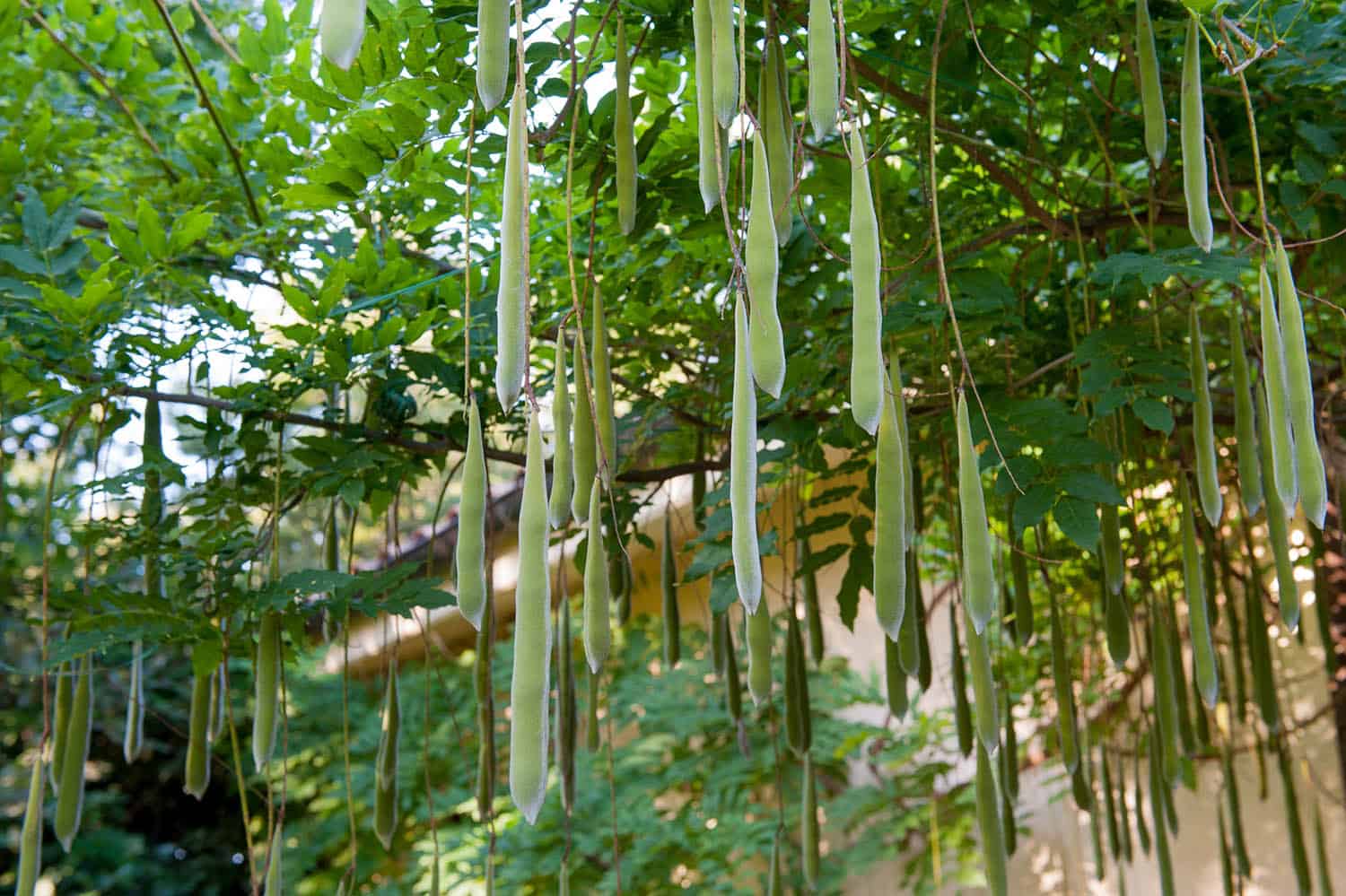
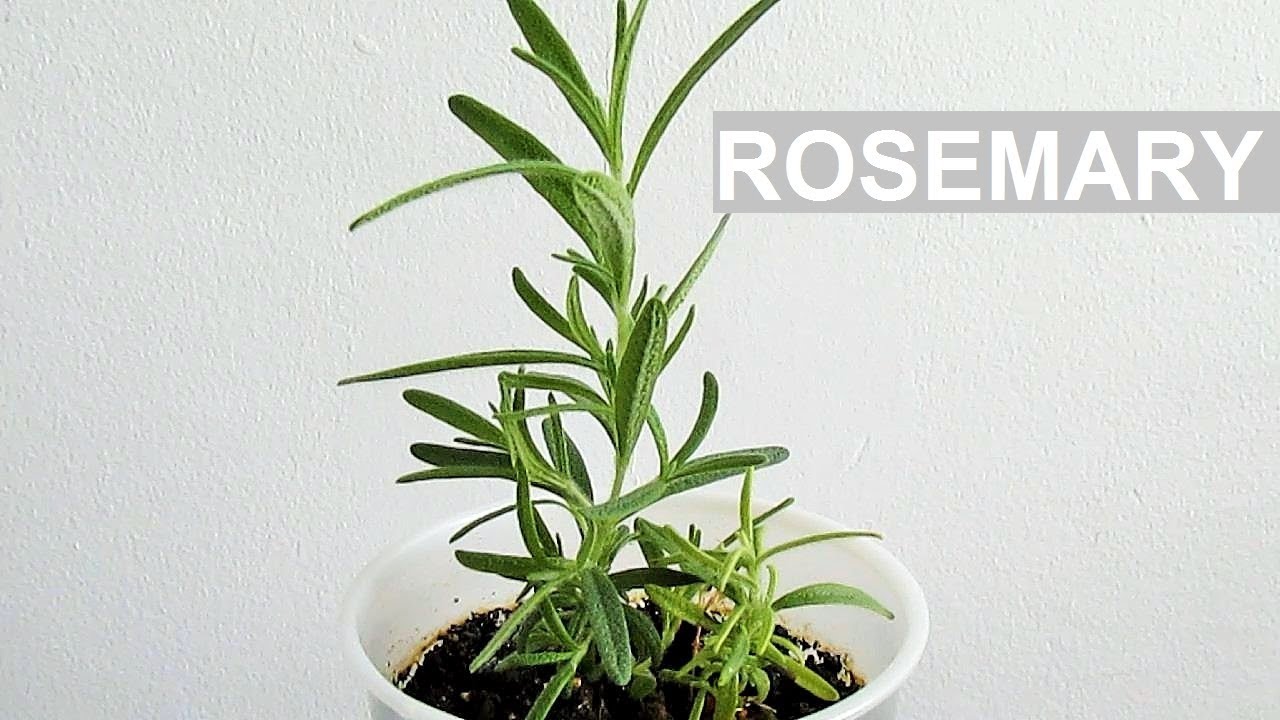
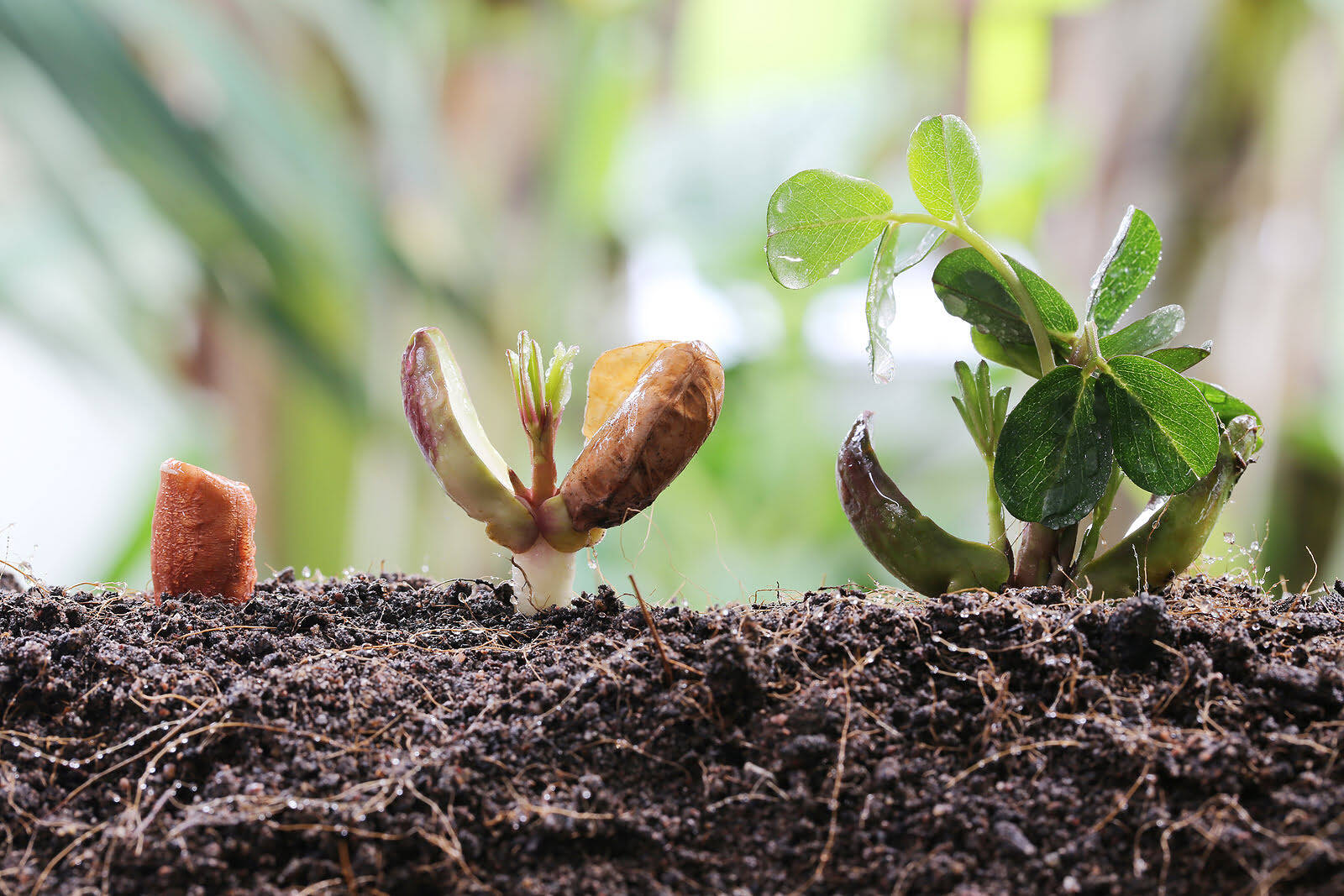
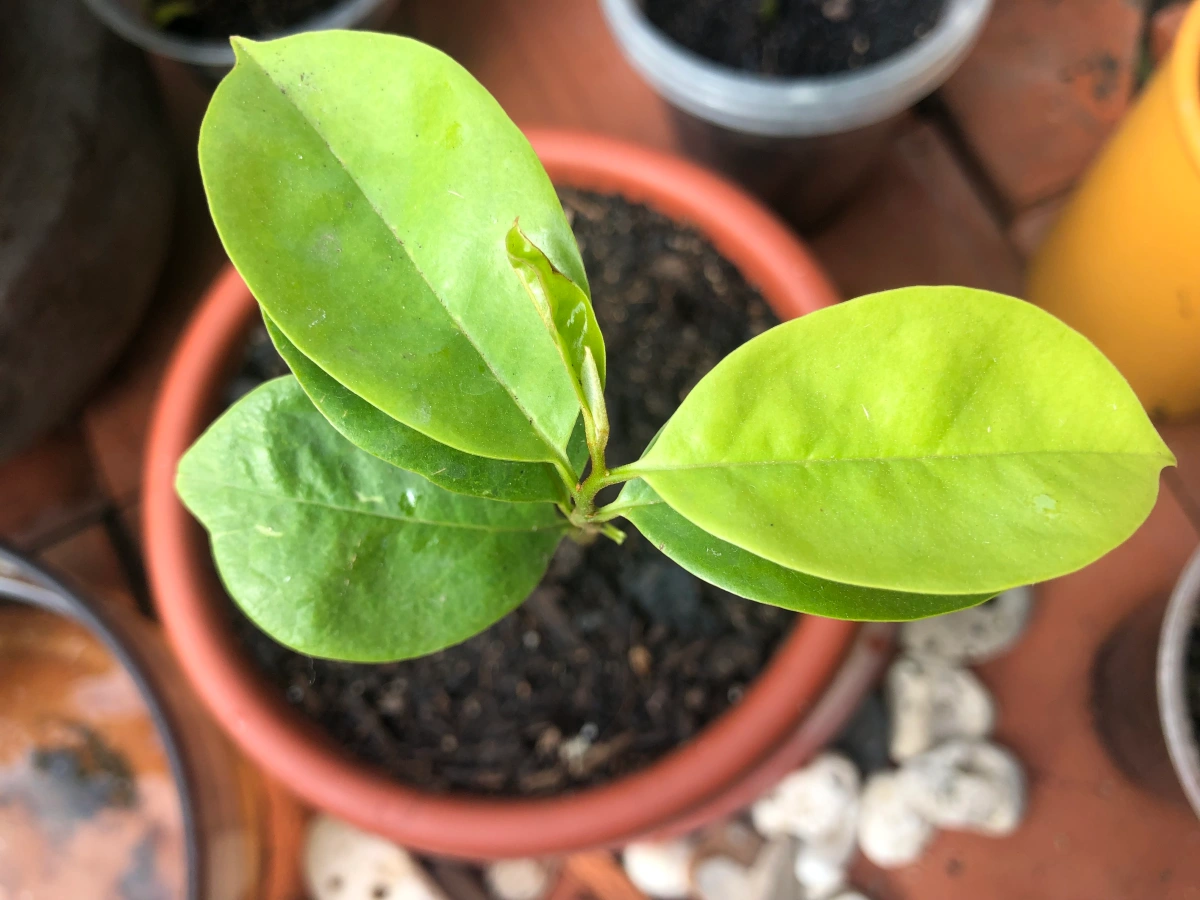
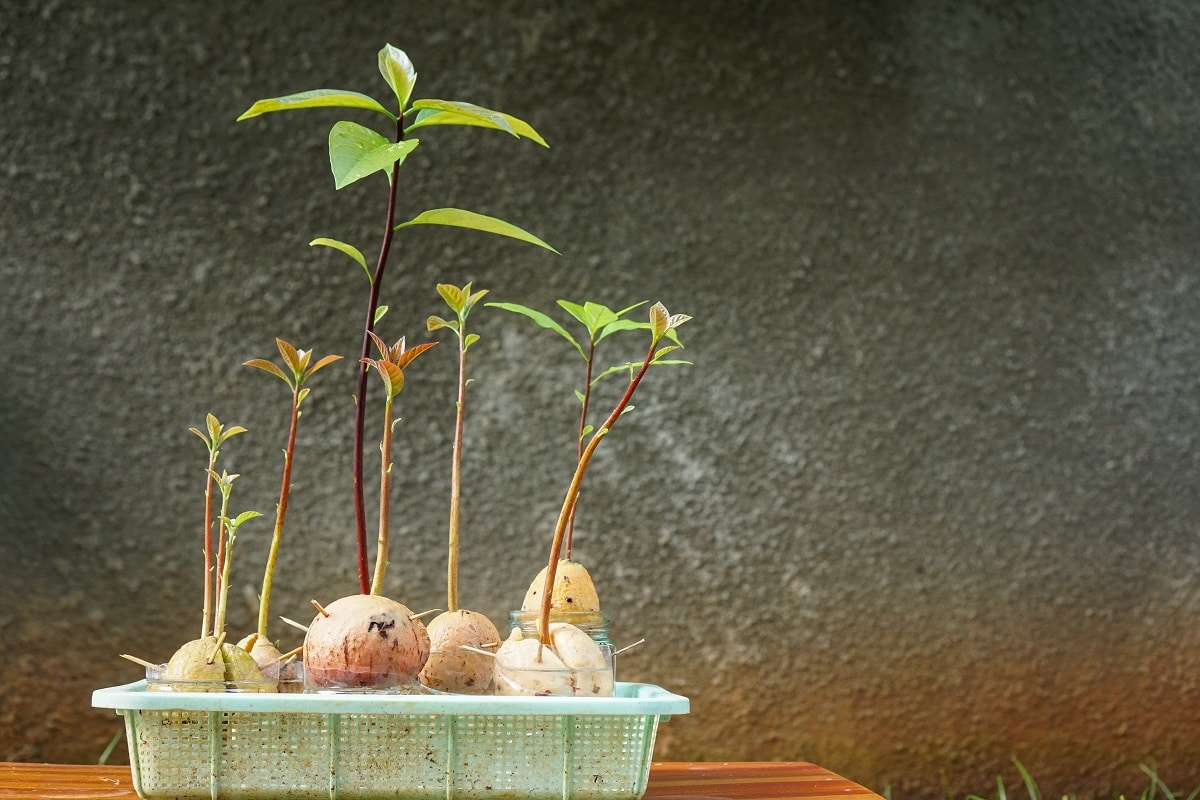





0 thoughts on “How To Grow Sycamore From Seed”